Our British swallowtail butterfly is actually a subspecies of the European strain that has adapted itself to use the delicate and somewhat sensitive fenland plant milk parsley as its caterpillar host plant. Once comparatively widespread in the south east, its range is now restricted to the Norfolk fens.
Many of you will know that butterflies are one of my favourite wildlife species and I'm a passionate supporter of the Butterfly Conservation Society, which does a great job of raising awareness about the threats to this beautiful animal. Though scarce, I live in Norfolk, the same county that this elusive butterfly calls home. So just how hard can it really be to see one?
Well timing is everything they say. The swallowtail is single brooded and has a relatively short flight period, from around mid May to mid June. If you add to that the need for reasonably clement weather, the window of opportunity is fairly narrow. In my defence, years one and two of my five year wash out were before I had relocated to live in Norfolk.
My natural history and local knowledge was still comparatively limited, and I was restricted solely to weekend trips to Norfolk targeted for the start of its flight period. These were planned using field guides, with the sole aim of seeing this amazing butterfly. Sadly that was just as we entered that phase where our winters were harsh, spring arrived late and the weather utterly uncooperative. Thus for two years in a row, bleak grey skies, cold temperatures and high winds put the kaibosh on my naive optimism and my target remained stubbornly and mysteriously elusive...
Year three and I relocated to Norfolk, surely now I would just stumble across one right? Cue multiple trips to Hickling, How Hill and Strumpshaw, all known Swallowtail hotspots over the course of the next three years. Yet these attempts attempts to witness the beauty of this butterfly were always ill-fated. I forget how many times I met people and heard them say frustratingly, "oh there was one just down that path there " . Of course said Swallowtail invariably had vanished by the time I reached the spot, for all my luck, the Swallowtail might have been a capricious sprite from the cast of Shakespeare's a midsummer's nights dream.
Last year life simply overtook me. My hunt started far too late in the season for success. So this year, I was determined, was to be the year of the Swallowtail. Come what may I was determined, I would find this iconic, awe-inspiring butterfly, no matter what!
Spring this year was again cool and I was nervous, conditions were far from auspicious for a prompt emergence or a bountiful butterfly season in Norfolk.
A visit to RSPB Strumpshaw Fen offered me my first fleeting, tantalising glimpse, but my bad luck struck again! Just as I arrived I glimpsed a large custard yellow butterfly swoop in...and it was, yes! ,,,.a swallowtail swooping in and aiming to land to nectar on white violet flowers at the main entrance. But even as I approached it was immediately spooked by an over-enthusiastic visitor waving his camera at it! This tourist seemed to be the incarnation of my Swallowtail nemesis, the butterfly equivalent of the "Man from Porlock" and opportunity lost. Assured by staff that they often returned, I stood stationary, sentinel-like for over an hour. Eventually a friendly gentlemen suggested another spot where he'd seen them "only a few hours before" - so off I trooped, yet to no avail. Another Swallowtail near miss, thwarted by mischance or fate, who knew and I finally started to see the funny side of it all.
Perhaps my resignation and acceptance swung it and the gods took pity on me. I had only one last day left of even remotely suitable weather between what were quite vicious storm showers and off I went one last time on my Swallowtail mission.
Back at Strumpshaw, now a familiar friend of a reserve, I ambled around the areas I'd been shown over the years, my jacket still done up against a nippy morning chill. Mercifully, the weather stubbornly refused to close in as forecast. I dawdled up and down the footpaths for about an hour, amidst cloudy intervals and cool, breezy conditions. Eventually, quite suddenly the sun won its battle against the grey and the temperature rose sharply.

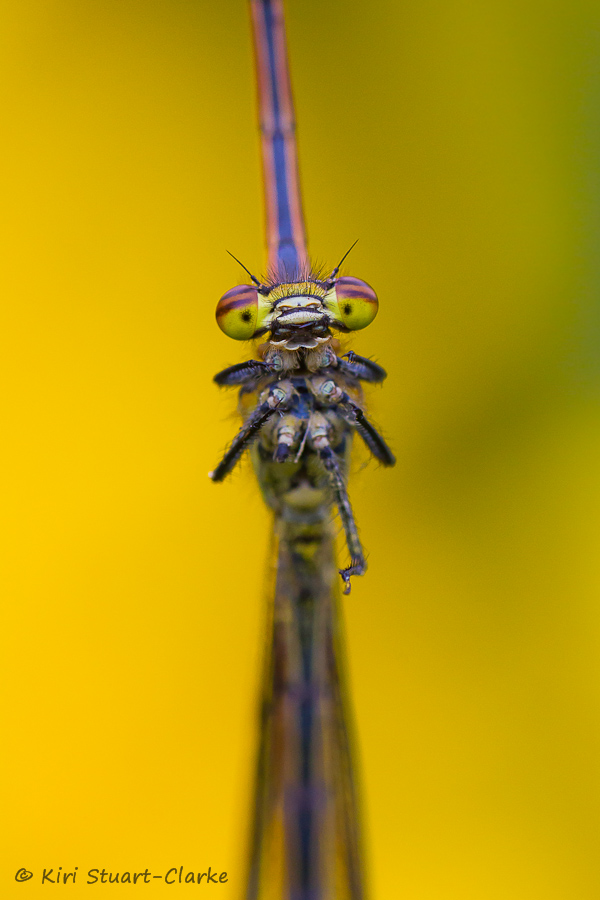

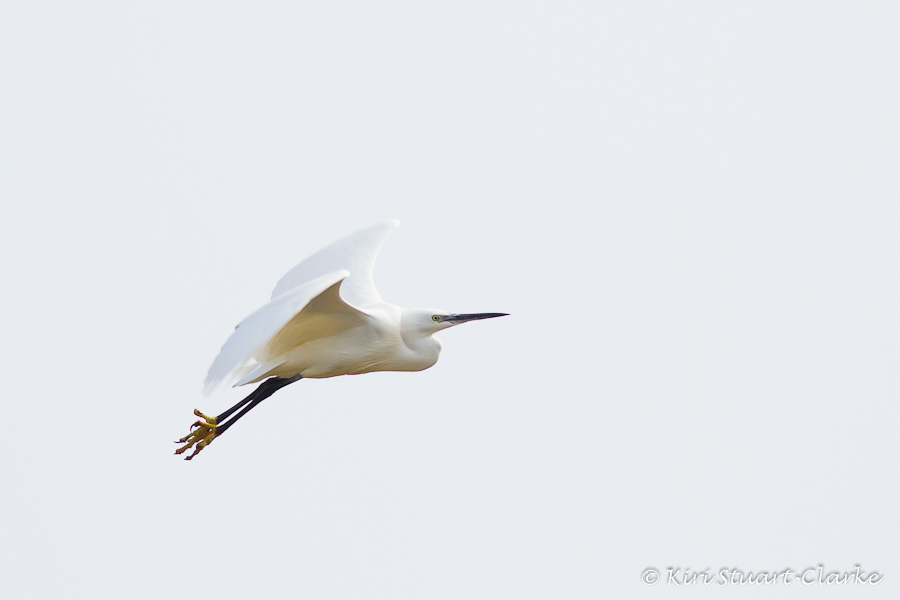
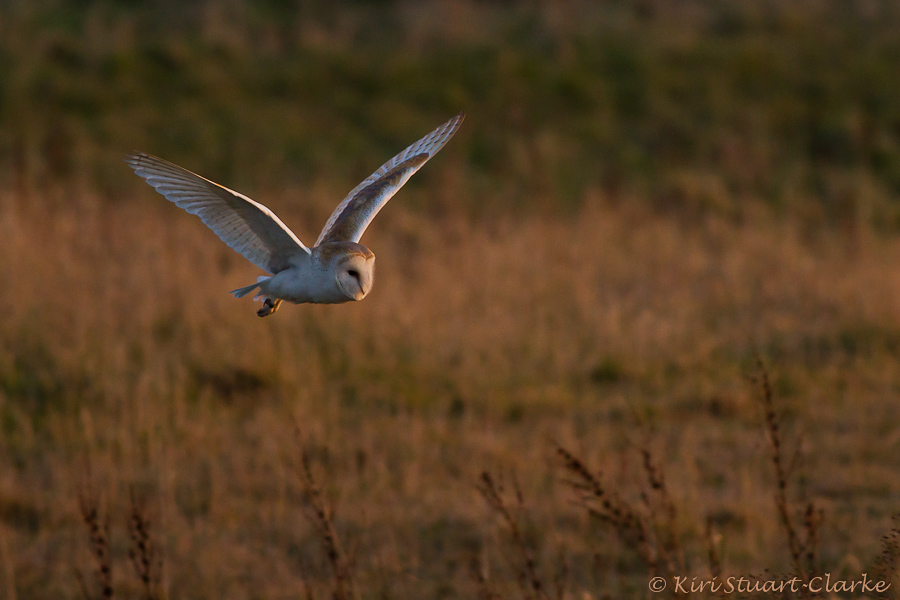
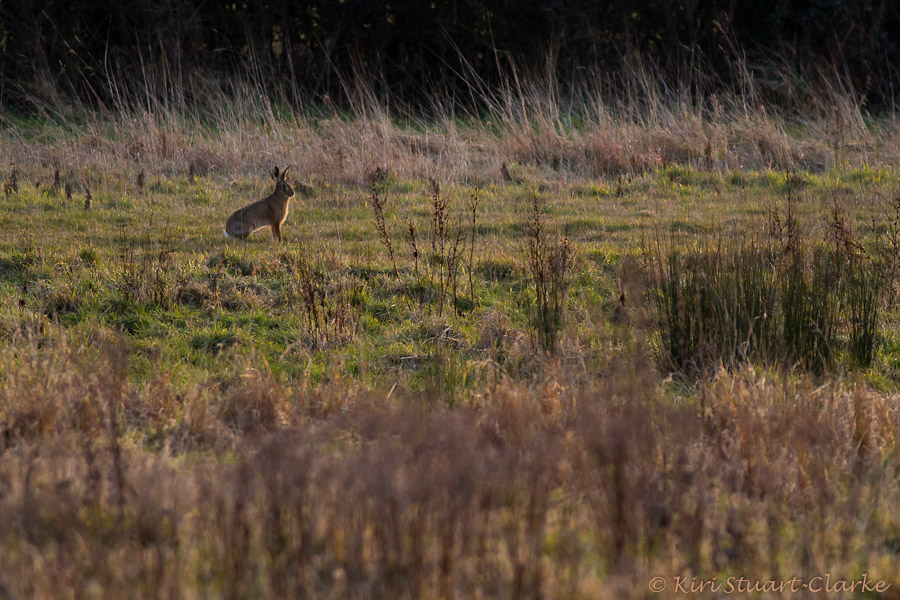
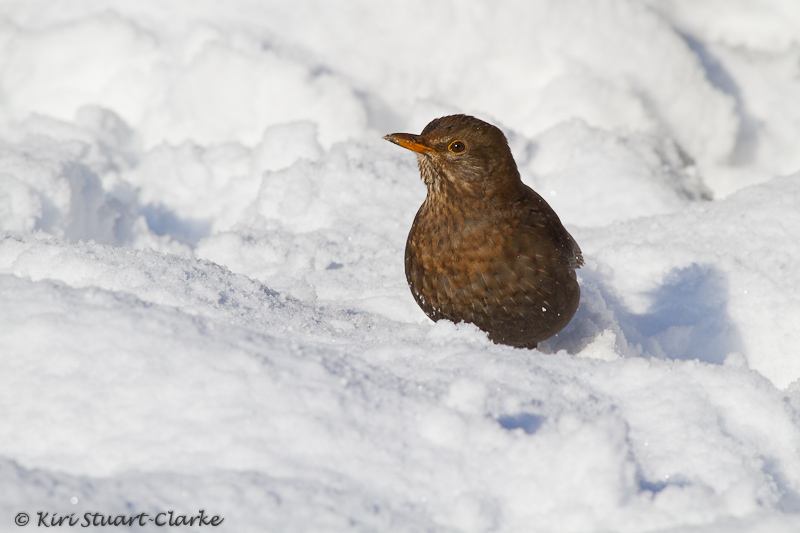
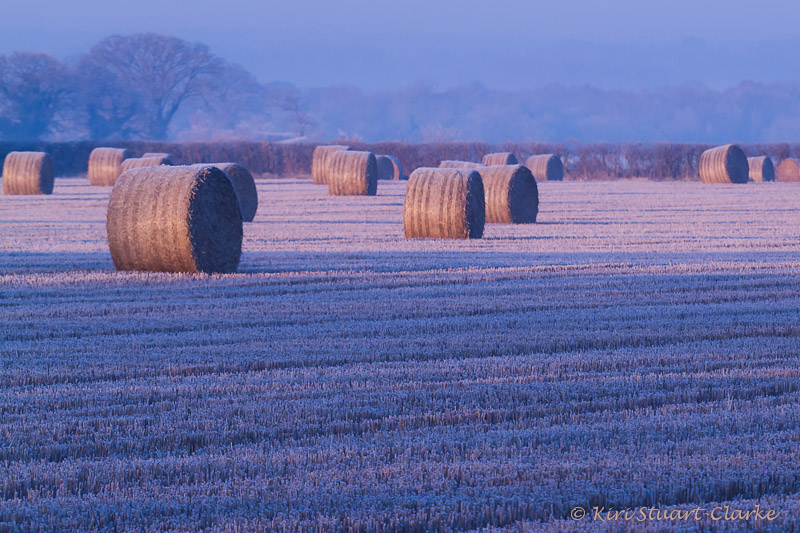
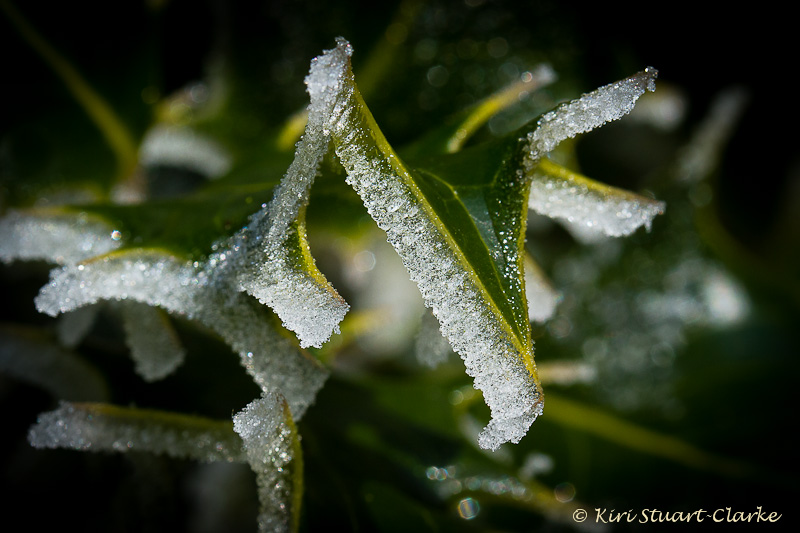 There was a specific image I'd had in mind to post for this month ever since my move to Norfolk in February, which was of a frosty holly packed full of beautiful red berries taken in the plantation where I often walk my dog which is a copse full of holly as well as oak and beech.
There was a specific image I'd had in mind to post for this month ever since my move to Norfolk in February, which was of a frosty holly packed full of beautiful red berries taken in the plantation where I often walk my dog which is a copse full of holly as well as oak and beech.